Art History: Essential Concepts for Reading Comprehension
Art History often appears in reading comprehension (RC) passages because it combines aesthetics, culture, and historical analysis. Understanding art-related texts requires the ability to decipher nuanced arguments, interpret historical contexts, and connect societal influences to artistic movements. Mastery of Art History concepts enhances critical thinking and helps identify authorial tone, purpose, and perspective, which are crucial for RC success.
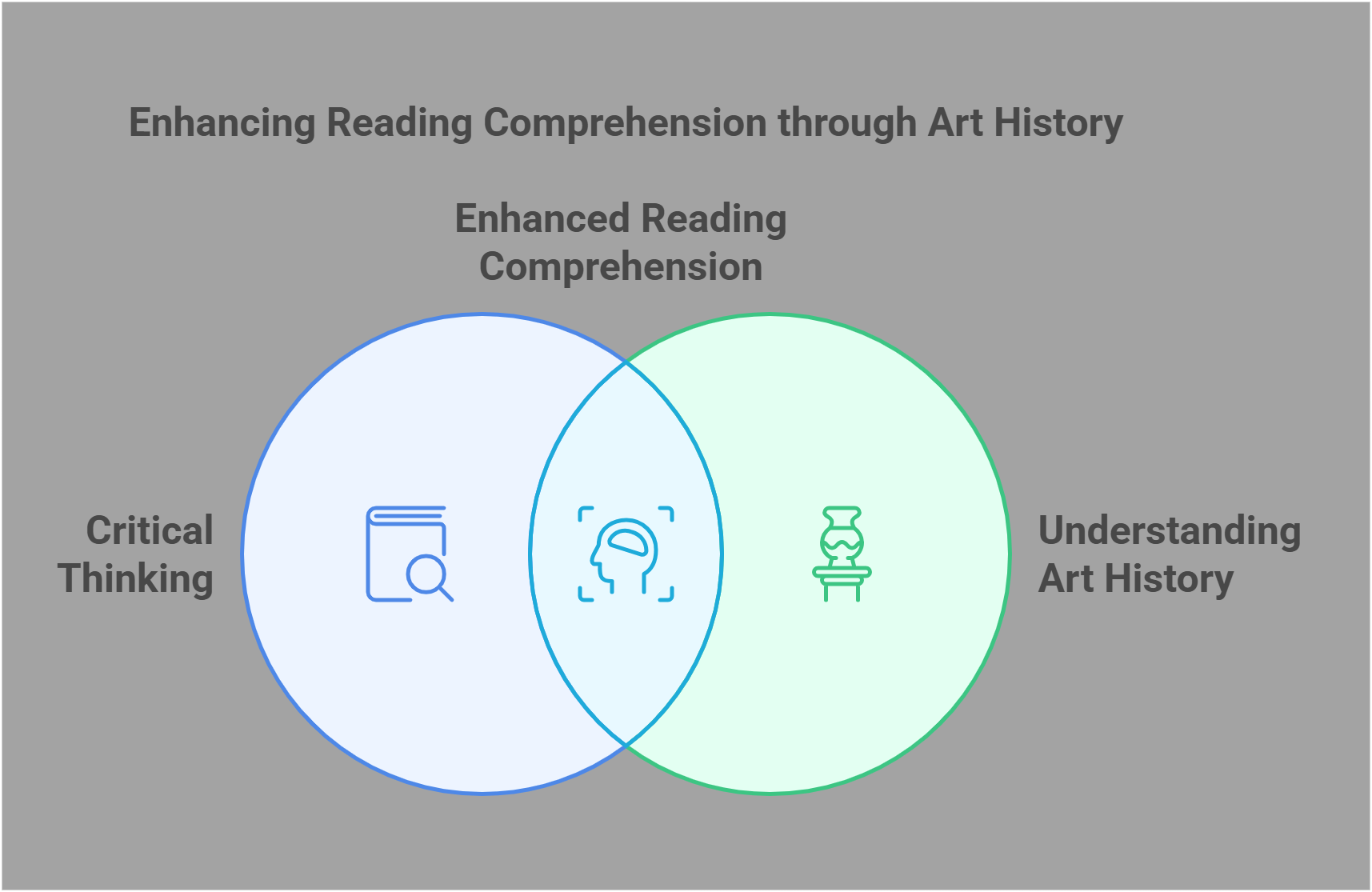
Overview
In this guide, we’ll explore these key Art History-related concepts:
- Renaissance Art
- Modern Art Movements
- Art Criticism
- Art and Society
- Non-Western Art Traditions
- Baroque Art
- Impressionism
- Abstract Art
- Art Conservation
- Art Theory
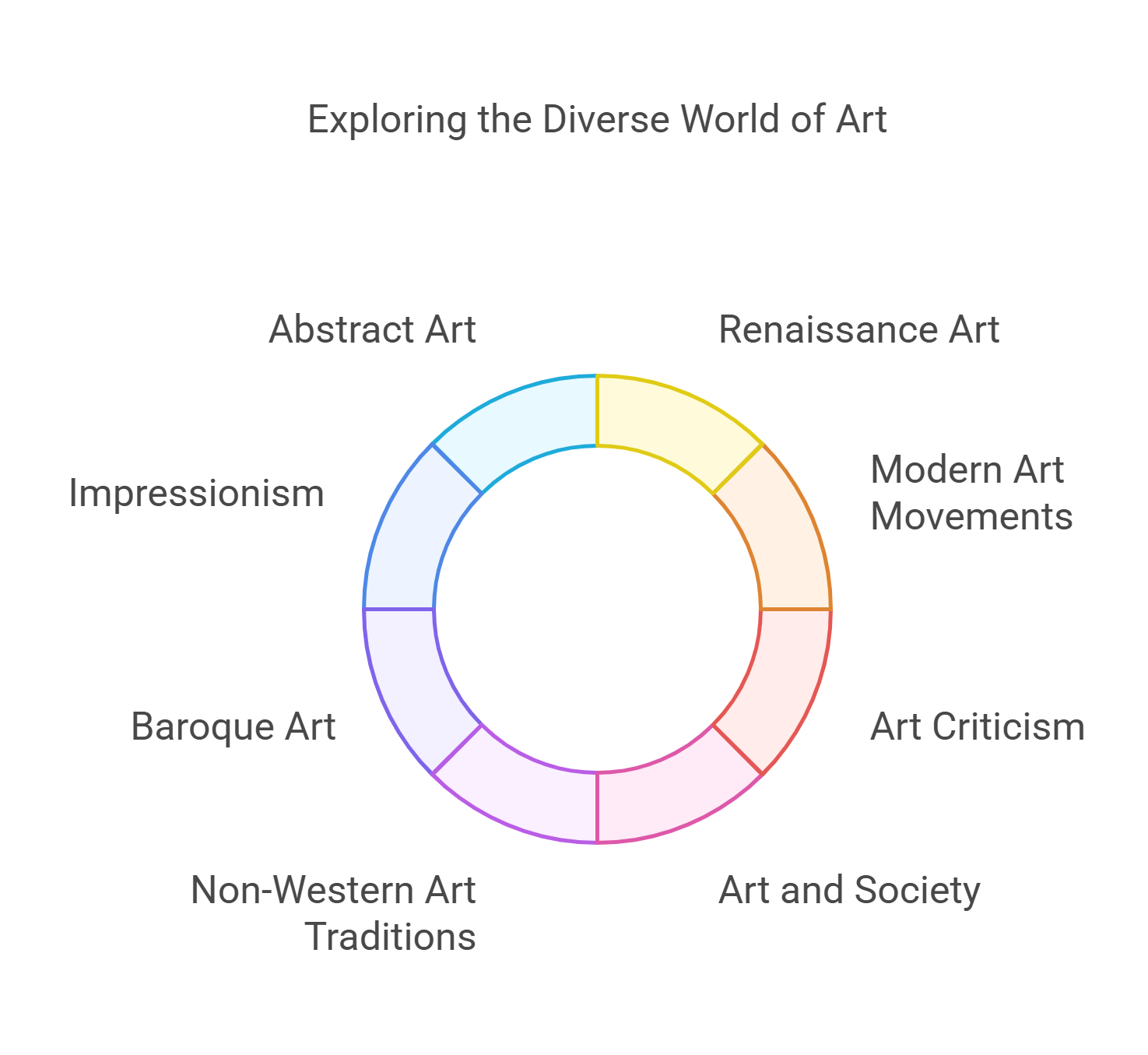
Detailed Explanations
1. Renaissance Art
The Renaissance, meaning “rebirth,” marked a revival of classical art, science, and culture in Europe between the 14th and 17th centuries. Key characteristics include perspective, realistic human figures, and the study of anatomy. Influential artists like Leonardo da Vinci and Michelangelo blended artistic mastery with scientific curiosity, reshaping Western art’s trajectory. Renaissance Art often symbolizes humanism and a renewed focus on individual potential.
- Focus on perspective and realism.
- Strong influence of classical Greek and Roman traditions.
- Prominent artists: Leonardo da Vinci, Michelangelo, Raphael.
- Themes of humanism and individualism.
- Emergence of patronage, particularly from the Medici family.
Explained Simply: Imagine your school art project is to paint a picture where everything looks real, like a photo. Renaissance artists figured out how to do that for the first time! They made people and places look 3D, as if you could step into the painting.
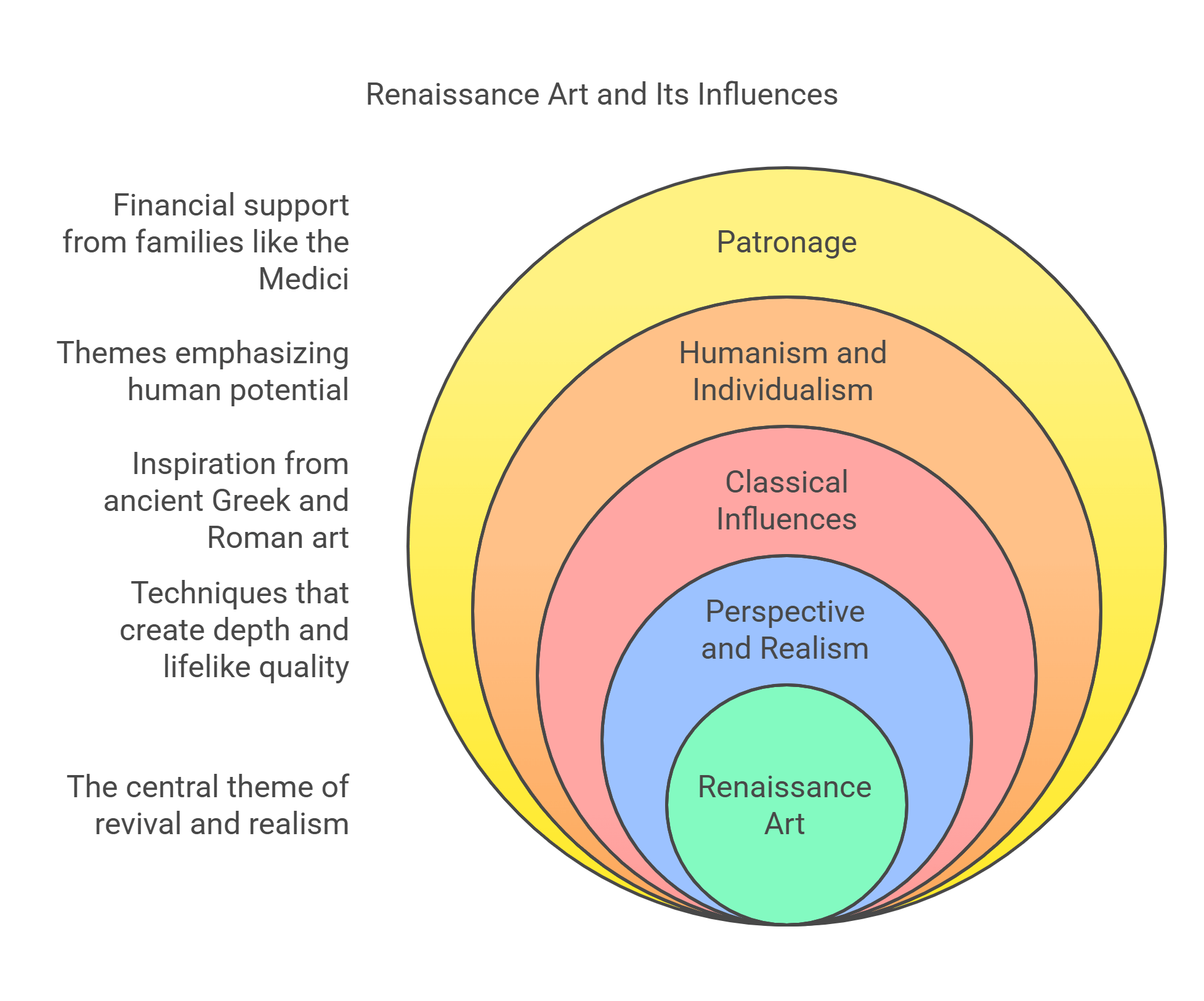
2. Modern Art Movements
Modern art, emerging from the late 19th to the mid-20th century, broke away from traditional styles to focus on abstraction and experimentation. Movements like Cubism, Surrealism, and Expressionism emphasized emotional depth, imagination, and rejecting realism. Artists such as Pablo Picasso and Salvador Dalí challenged norms, introducing innovative perspectives that redefined art.
- Departure from traditional realism.
- Movements include Cubism, Surrealism, Expressionism.
- Key figures: Pablo Picasso, Salvador Dalí, Wassily Kandinsky.
- Focus on emotion, abstraction, and new techniques.
- Often reflects social and political commentary.
Explained Simply: Think of modern art like creating a puzzle where the pieces don’t fit perfectly but tell a cool story. It’s not about making things look real—it’s about how the artist feels or sees the world differently.
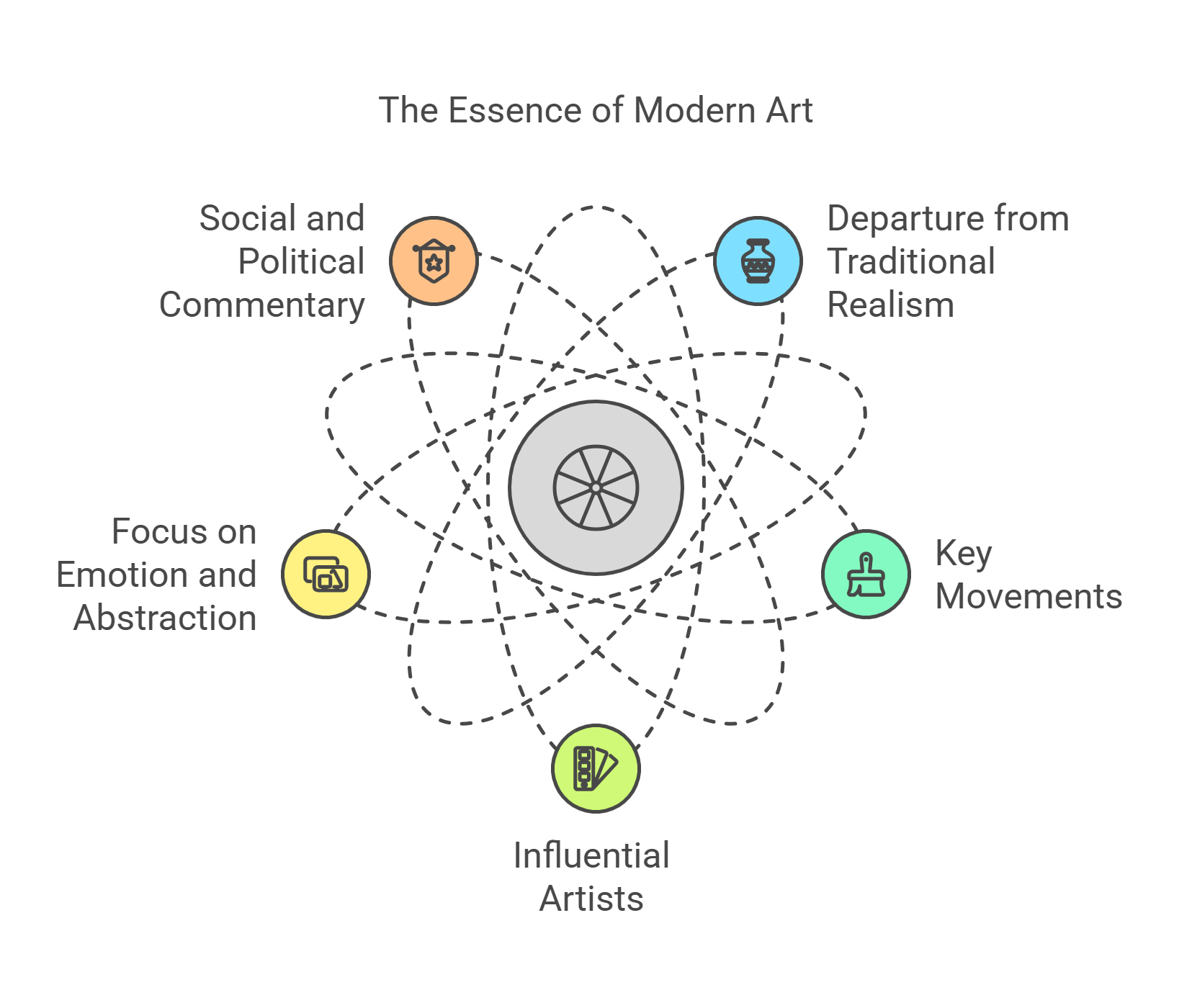
3. Art Criticism
Art criticism involves analyzing and interpreting artworks to understand their meaning, context, and value. Critics assess an artist’s technique, the message conveyed, and the cultural or historical significance. This practice helps readers and viewers form deeper connections with art and sparks intellectual discussions about creativity and expression.
- Focuses on analysis and interpretation.
- Examines technique, context, and message.
- Influences public perception of art.
- Bridges the gap between artist and audience.
- Encourages critical thinking and debate.
Explained Simply: Imagine looking at a painting and asking, “Why did the artist choose these colors?” Art critics are like detectives who figure out what a painting is trying to say and why it’s important.
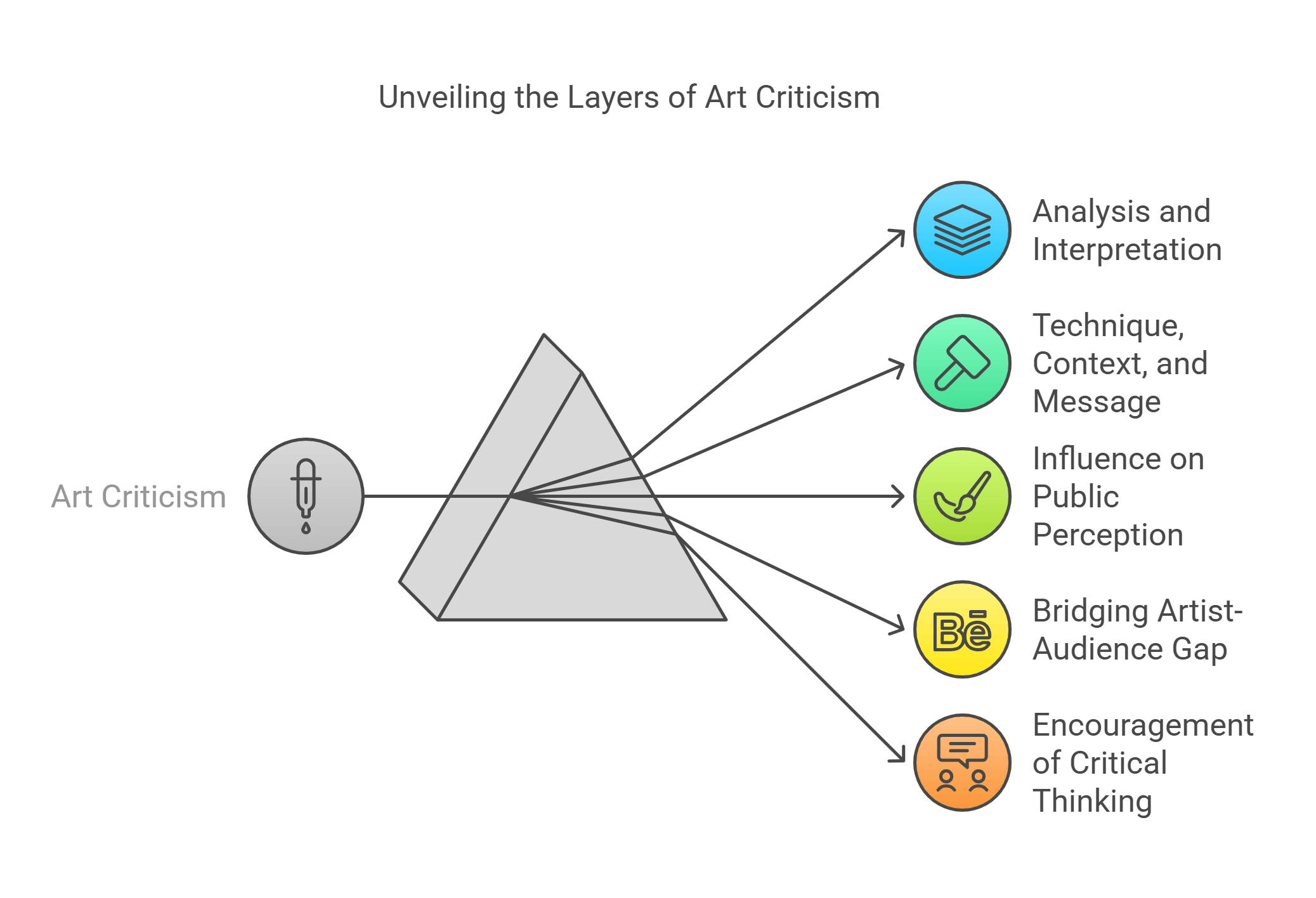
4. Art and Society
Art is deeply intertwined with society, often reflecting cultural, political, and economic conditions. From protest art to propaganda, artworks have shaped public opinion and chronicled social change. For example, Guernica by Picasso depicts the horrors of war, while 19th-century Romanticism celebrated nature and individualism in response to industrialization.
- Art as a mirror of societal values and issues.
- Influences public opinion and social movements.
- Includes propaganda, protest art, and cultural commentary.
- Examples: Picasso’s Guernica, Romanticism’s reaction to industrialization.
- Highlights the relationship between artists and their times.
Explained Simply: Think of art as a diary for the world. Artists paint or draw what’s happening around them—like a big protest or a celebration—so we can understand history and feelings from long ago.
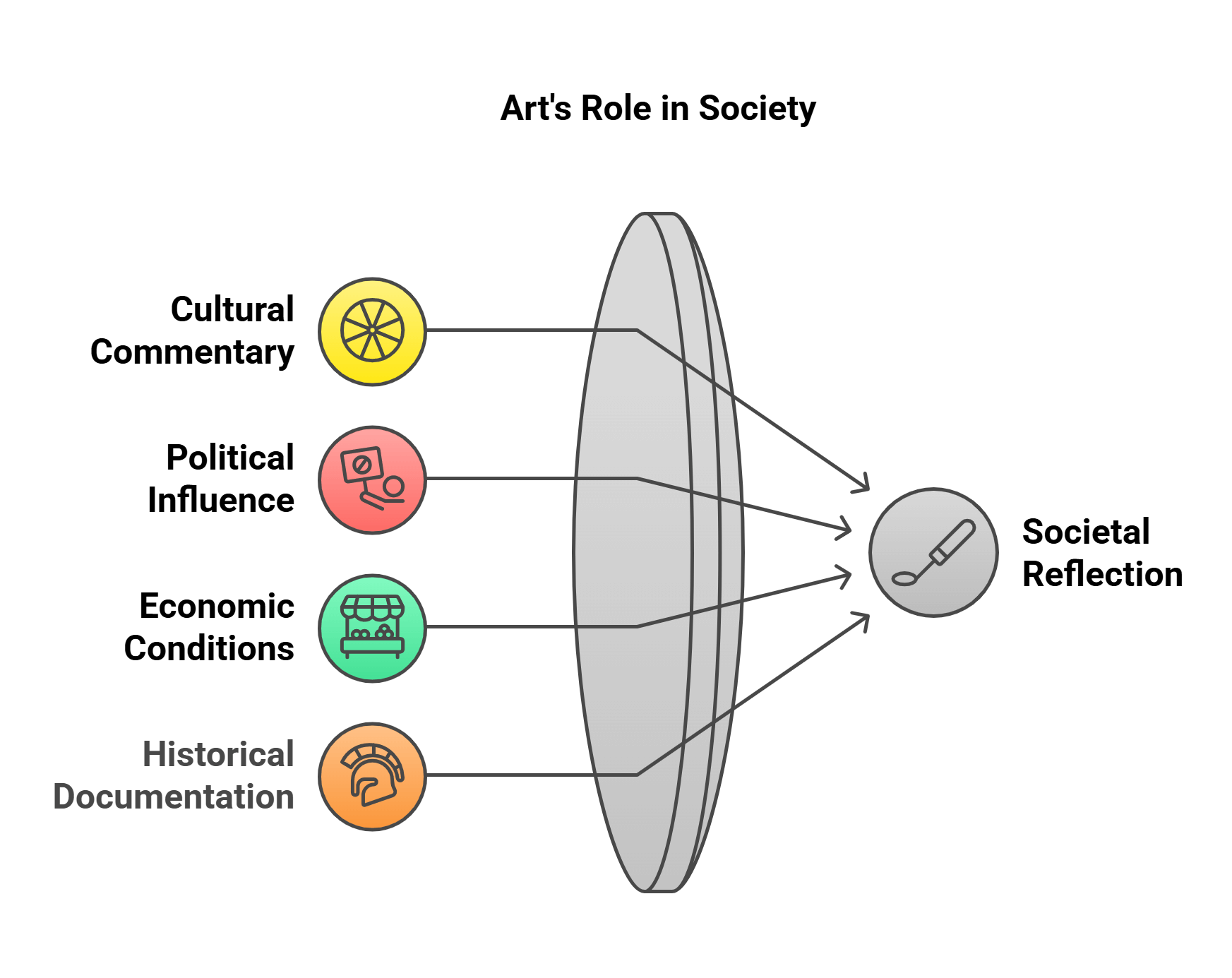
5. Non-Western Art Traditions
Non-Western art traditions encompass the artistic practices of cultures outside Europe and North America, such as African, Asian, and Indigenous art. These works often integrate spirituality, community values, and historical storytelling. Passages may explore how non-Western art has influenced global movements or been appropriated by Western art.
- Includes African, Asian, Indigenous, and other global art traditions.
- Reflects spirituality, community, and historical narratives.
- Highlights cultural diversity and innovation.
- Critiques appropriation and marginalization in Western art history.
- Promotes global understanding and respect for cultural heritage.
Explained Simply: It’s like discovering a whole new way of painting or making sculptures, inspired by traditions and stories from faraway places.
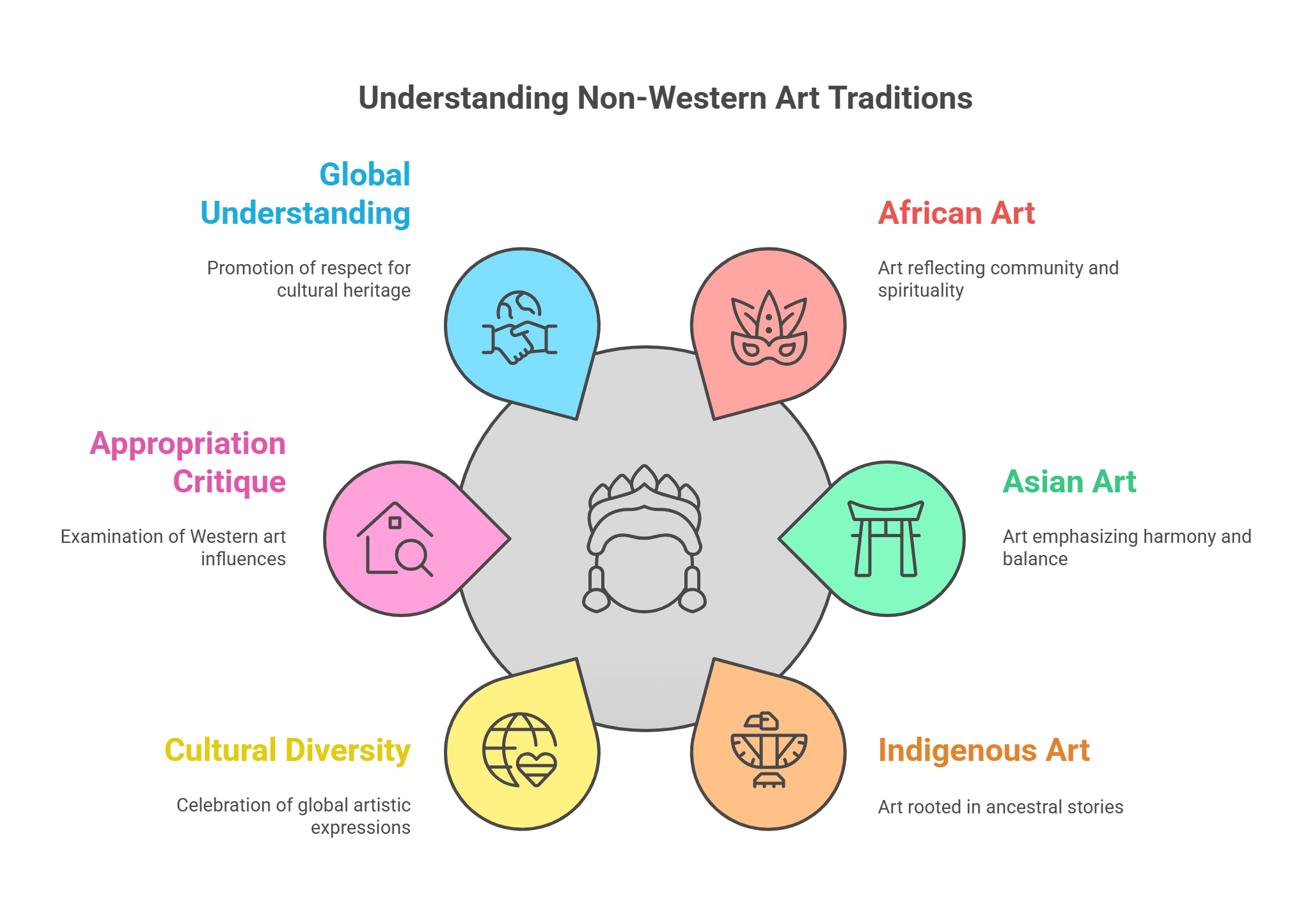
6. Baroque Art
Baroque art, flourishing in the 17th and 18th centuries, is known for its drama, movement, and grandeur. It often emphasized emotional engagement, using bold contrasts of light and shadow to create intense visual experiences. Baroque artists like Caravaggio and Bernini sought to evoke awe and devotion, particularly in religious contexts.
- Characterized by drama, movement, and emotion.
- Emphasizes contrasts of light and shadow (chiaroscuro).
- Focuses on storytelling and emotional intensity.
- Prominent artists: Caravaggio, Bernini, Rubens.
- Strongly tied to religious and political propaganda.
Explained Simply: Baroque art is like a movie with dramatic lighting and action that keeps you on the edge of your seat. It’s made to make you feel something big!
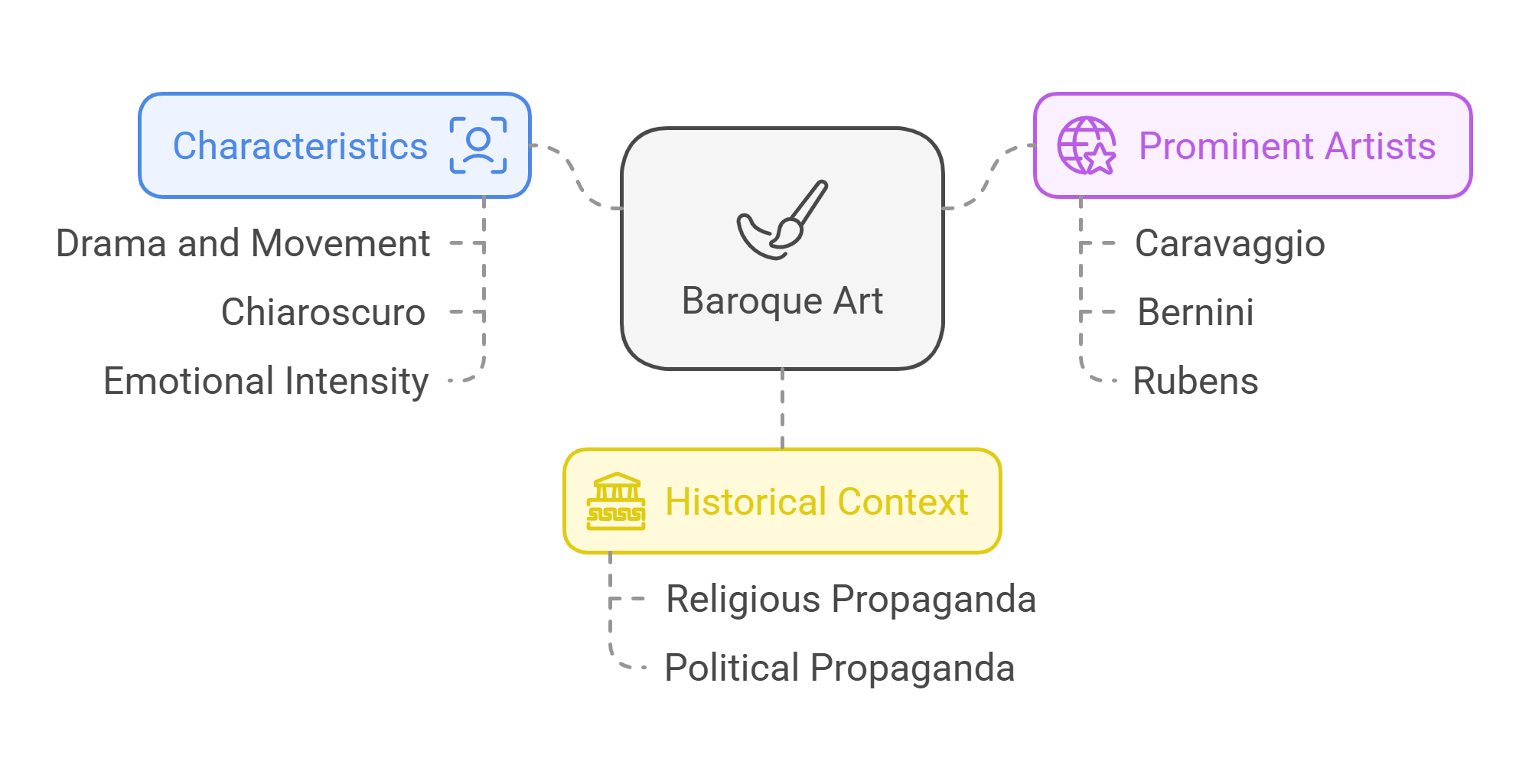
7. Impressionism
Impressionism emerged in the late 19th century, focusing on capturing the fleeting effects of light and atmosphere. Artists used quick, loose brushstrokes and often painted en plein air (outdoors). This movement challenged traditional academic painting, emphasizing everyday scenes and the artist’s personal perception. Prominent figures include Claude Monet, Edgar Degas, and Pierre-Auguste Renoir.
- Captures light, color, and atmosphere in the moment.
- Focuses on everyday subjects and outdoor scenes.
- Uses loose brushwork and vibrant colors.
- Prominent artists: Claude Monet, Edgar Degas, Renoir.
- Criticized initially but became highly influential.
Explained Simply: Imagine painting a sunrise quickly before it changes. Impressionism is all about capturing that first, beautiful moment with bold colors and quick strokes.
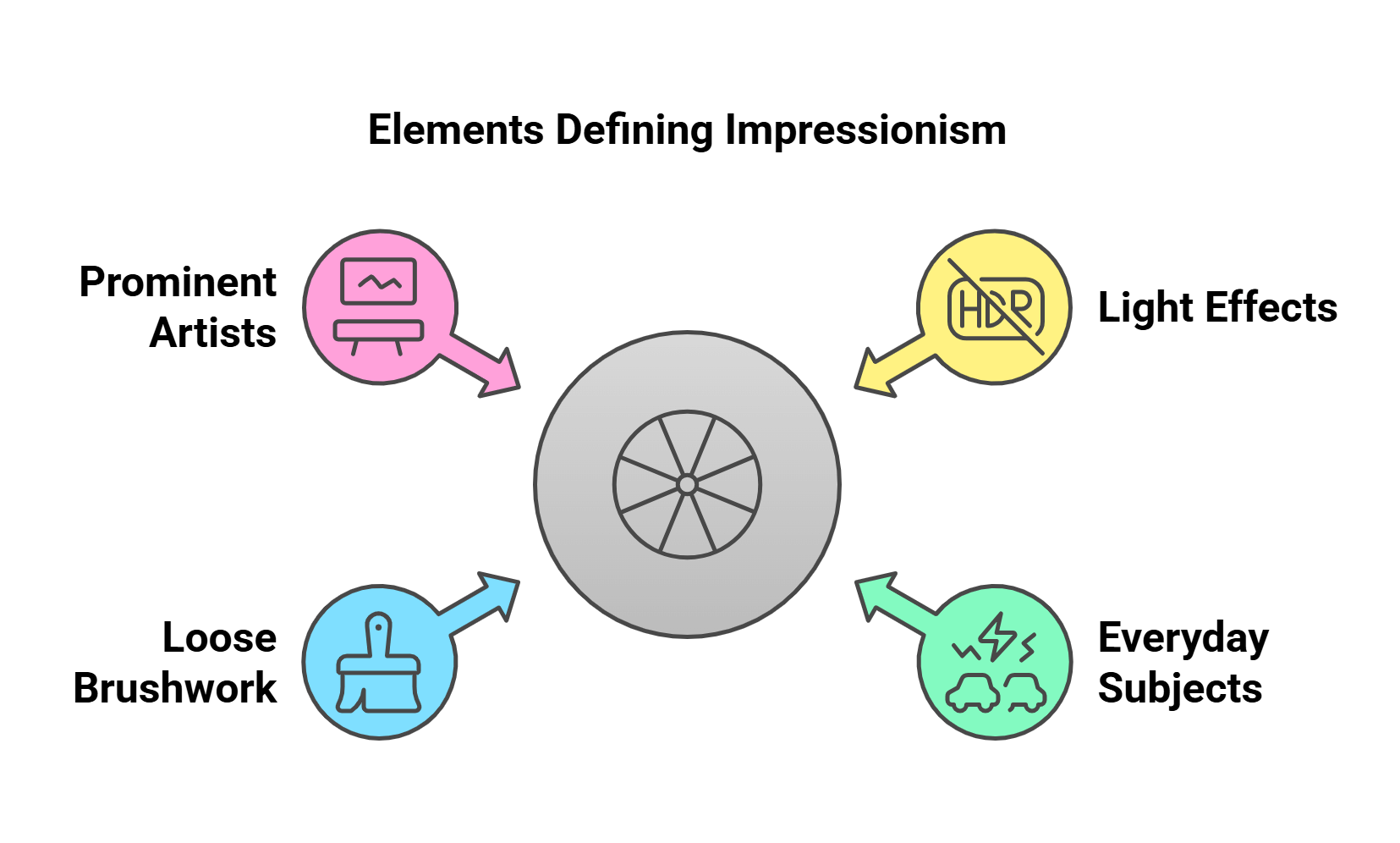
8. Abstract Art
Abstract art moves away from realistic depictions to focus on shapes, colors, and forms. It emphasizes emotional or conceptual expression rather than literal representation. Key movements like Abstract Expressionism, led by Jackson Pollock and Wassily Kandinsky, explored the power of spontaneity and non-representational art.
- Focuses on shapes, colors, and emotions over realism.
- Encourages viewer interpretation and imagination.
- Prominent movements: Abstract Expressionism, Suprematism.
- Key figures: Jackson Pollock, Wassily Kandinsky, Piet Mondrian.
- Criticized for being “too abstract” but deeply influential.
Explained Simply: Abstract art is like doodling shapes and colors that show how you feel instead of drawing something real, like a house or a tree.
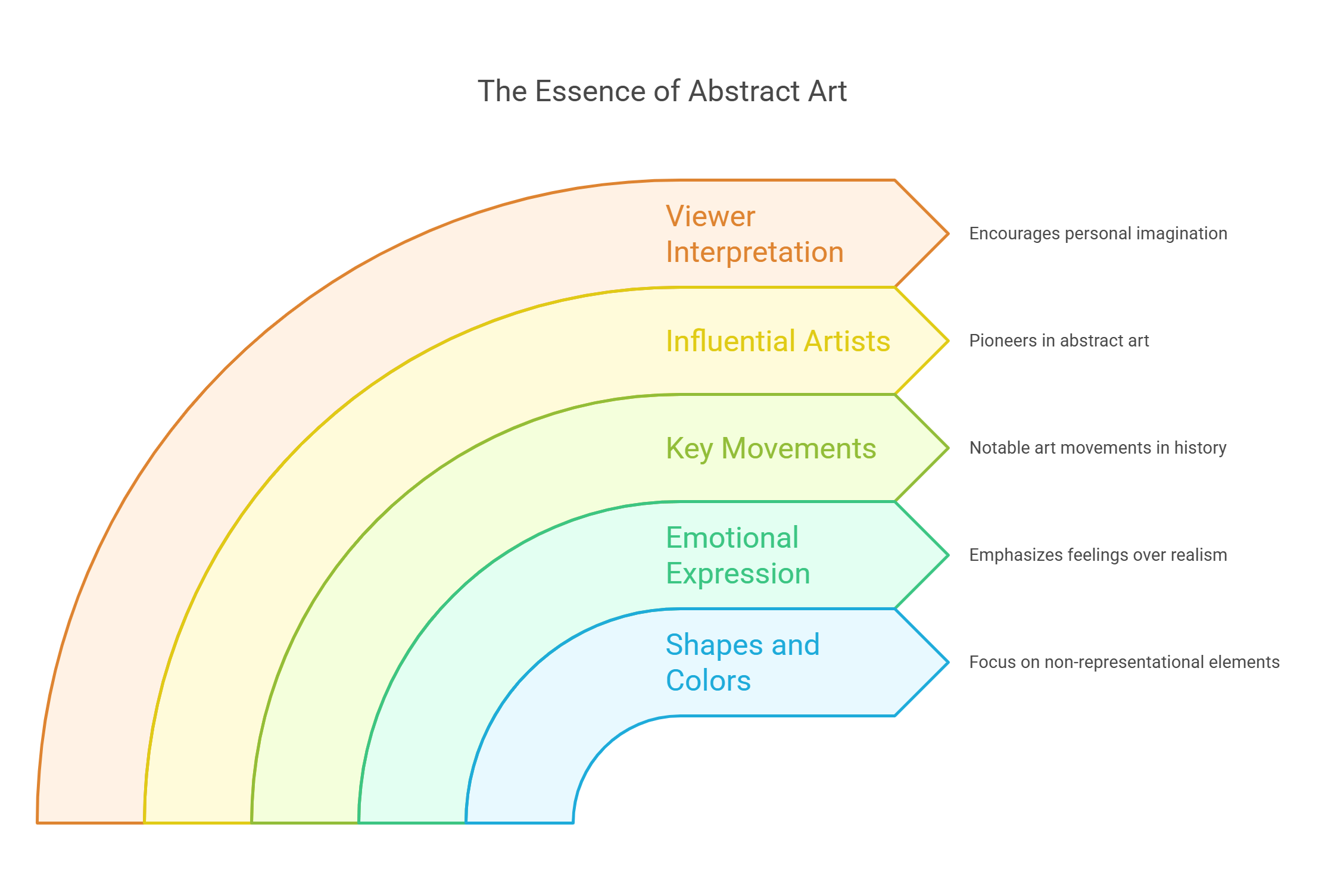
9. Art Conservation
Art conservation focuses on preserving and restoring artworks to ensure their longevity. It involves understanding the materials and techniques used by artists and the environmental factors that can cause deterioration. Conservationists aim to maintain the integrity of the original work while addressing damage or aging.
- Preserves and restores artworks for future generations.
- Studies artist materials and techniques.
- Addresses damage from time, environment, or accidents.
- Balances restoration with maintaining authenticity.
- Involves ethical considerations about altering original works.
Explained Simply: It’s like fixing an old, torn book so people can keep reading it for years. Art conservation makes sure paintings and sculptures stay beautiful and safe for future generations.
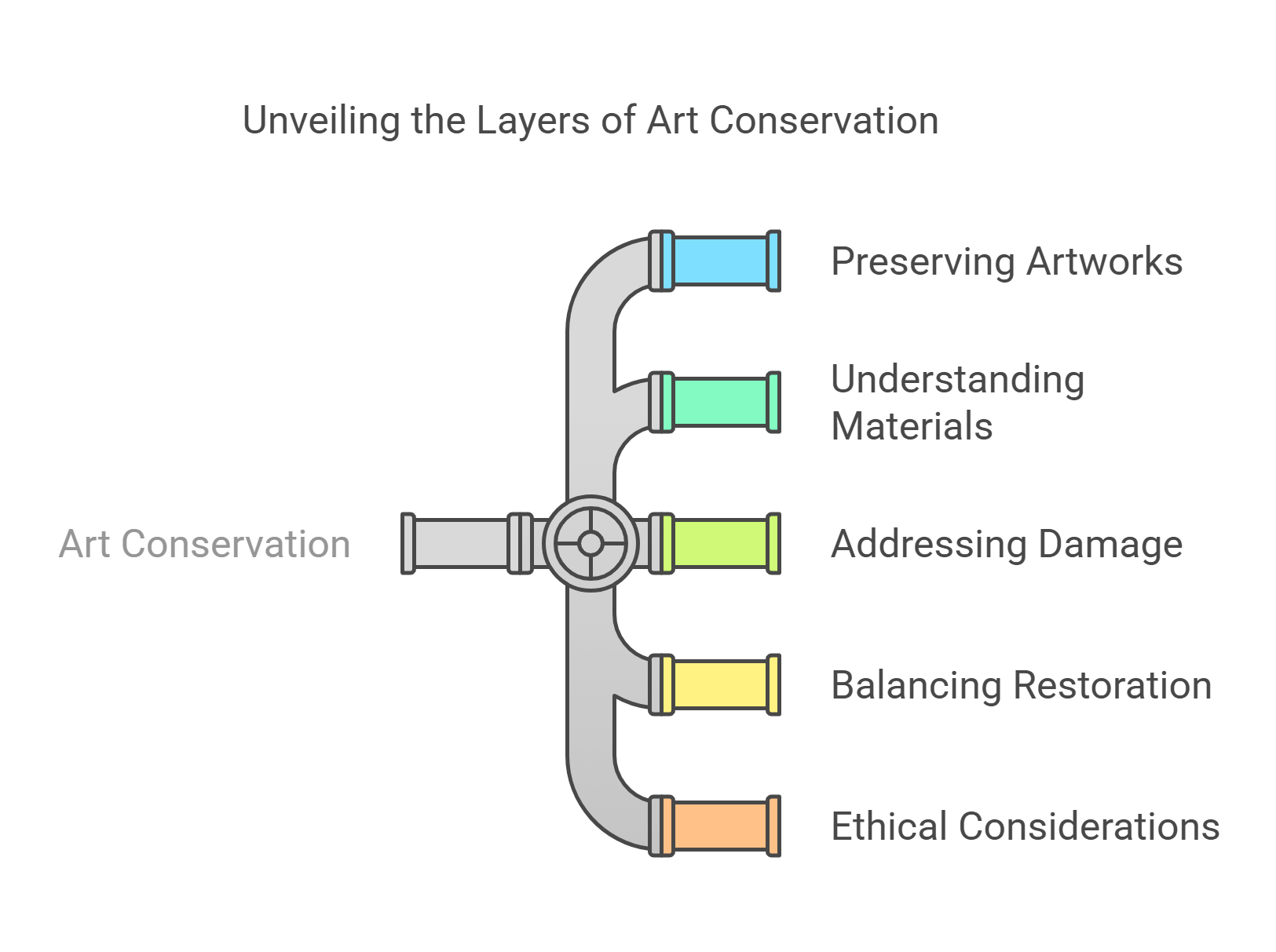
10. Art Theory
Art theory explores the philosophy and principles behind art creation and interpretation. It includes questions about beauty, representation, and the artist’s intent. Movements like Formalism, Structuralism, and Postmodernism provide frameworks for analyzing how art communicates meaning.
- Examines the principles and philosophy of art.
- Discusses beauty, representation, and symbolism.
- Includes theories like Formalism and Postmodernism.
- Analyzes how art reflects or challenges cultural norms.
- Central to understanding the meaning and purpose of art.
Explained Simply: Art theory is like asking, “What makes this picture special?” It helps us understand why art is important and what it says about the world.
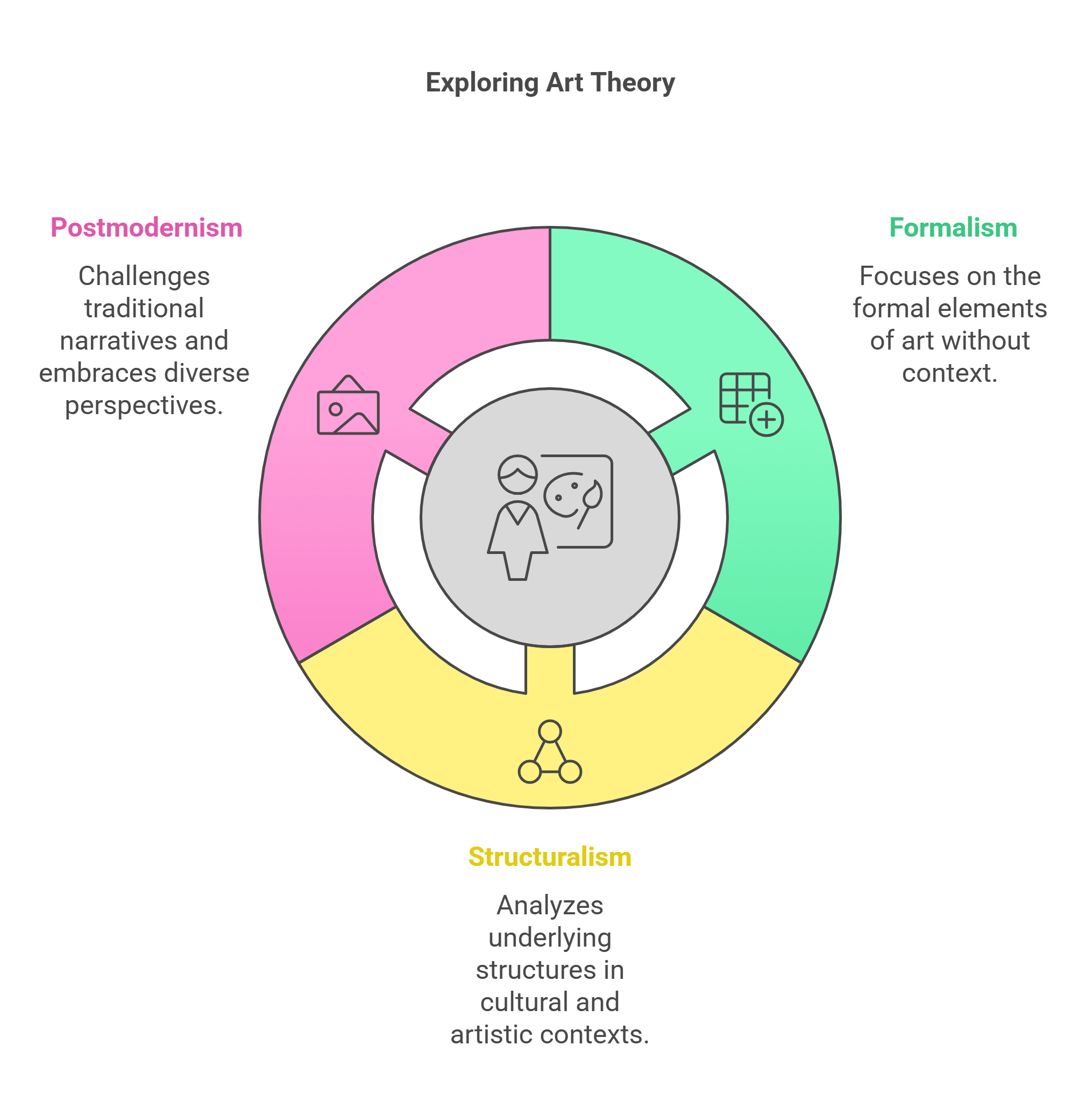
Conclusion
Art History offers a treasure trove of ideas for understanding RC passages. Each movement, technique, and theory teaches us about culture, history, and human expression. Recognizing these concepts not only builds your ability to comprehend complex passages but also sharpens your analytical and interpretive skills—key to excelling in exams like CAT, GMAT, or GRE. Whether interpreting Renaissance precision or Abstract freedom, these insights will transform the way you approach reading comprehension.











